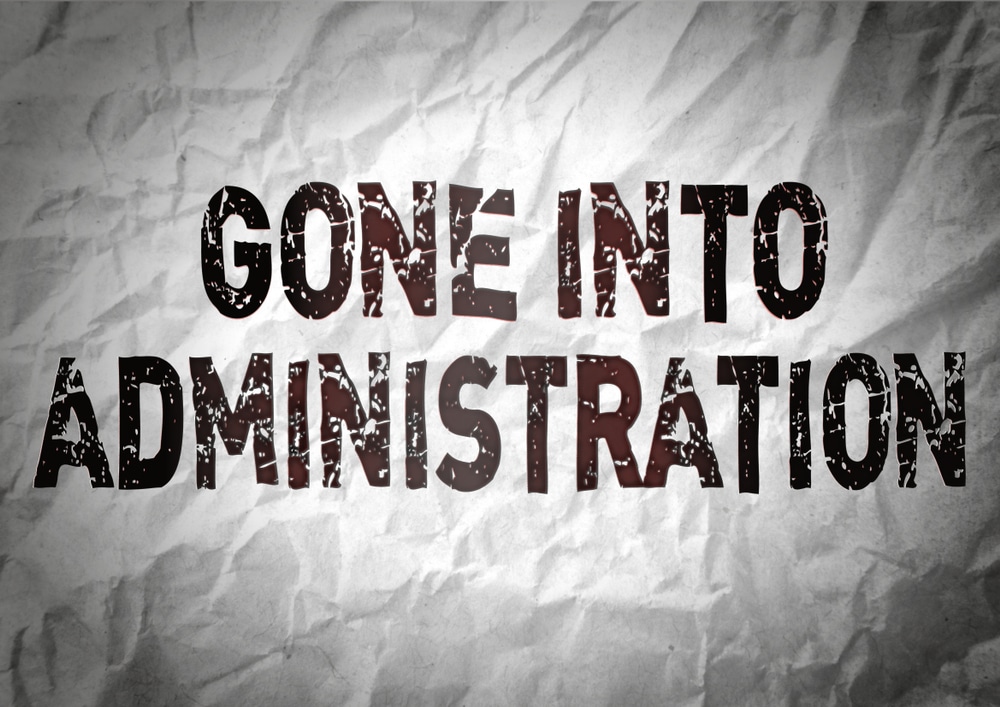Company Administration Explained: What Occurs When Services Go into Liquidation?
Company Administration Explained: What Occurs When Services Go into Liquidation?
Blog Article
The Process and Effects of a Firm Getting Into Administration
As a firm faces economic distress, the decision to enter management marks a vital juncture that can have far-reaching effects for all entailed celebrations. The process of going into administration is complex, entailing a series of steps that intend to navigate the business in the direction of potential recuperation or, in some instances, liquidation. Comprehending the functions and responsibilities of an administrator, the impact on different stakeholders, and the lawful commitments that come into play is crucial in understanding the gravity of this situation. The consequences of such a step ripple past the company itself, shaping its future trajectory and influencing the broader business landscape.
Summary of Business Management Refine
In the world of corporate restructuring, an essential first action is getting a thorough understanding of the complex firm management process. Company management refers to the official insolvency procedure that intends to save a monetarily troubled firm or attain a better result for the company's creditors than would be possible in a liquidation situation. This procedure involves the visit of a manager, who takes control of the company from its supervisors to assess the monetary scenario and identify the best strategy.
Throughout management, the firm is given security from lawful action by its creditors, offering a postponement duration to formulate a restructuring plan. The administrator deals with the firm's management, lenders, and other stakeholders to develop a strategy that might entail marketing business as a going issue, getting to a firm voluntary arrangement (CVA) with financial institutions, or inevitably positioning the business right into liquidation if rescue attempts show useless. The primary objective of company management is to take full advantage of the return to creditors while either returning the company to solvency or shutting it down in an organized manner.

Duties and Responsibilities of Manager
Playing a crucial role in supervising the company's decision-making processes and monetary events, the administrator thinks considerable duties during the business restructuring procedure. The primary responsibility of the administrator is to act in the most effective interests of the company's lenders, intending to attain one of the most positive outcome feasible - what happens to employees when a company goes into liquidation. This entails conducting an extensive evaluation of the business's financial scenario, establishing a restructuring plan, and implementing strategies to make the most of returns to lenders
In addition, the manager is accountable for liaising with various stakeholders, including staff members, suppliers, and regulative bodies, to make sure openness and conformity throughout the management process. They must additionally communicate effectively with shareholders, offering regular updates on the company's progress and seeking their input when necessary.
Additionally, the administrator plays a vital function in handling the day-to-day procedures of business, making vital decisions to maintain connection and protect value. This consists of reviewing the viability of different restructuring alternatives, bargaining with financial institutions, and eventually directing the company towards a successful exit from management.
Influence On Firm Stakeholders
Presuming a critical setting in supervising the company's decision-making procedures and monetary affairs, the manager's activities throughout the corporate restructuring procedure have a straight influence on numerous firm stakeholders. Investors might experience a decrease in the value of their investments as the firm's economic problems are dealt with. Financial institutions, including suppliers and loan providers, may encounter uncertainties relating to the repayment of financial obligations owed to them. Employees commonly come across job instabilities because of possible layoffs or modifications in work problems as part of the restructuring initiatives. Customers might experience disturbances in services or product availability throughout the administration procedure, influencing their count on and commitment in the direction of the firm. Furthermore, the community read here where the company runs can be affected by prospective job losses or changes in the business's procedures, influencing neighborhood economies. Effective communication from the manager to stakeholders is important in taking care of expectations, alleviating worries, and cultivating transparency throughout the administration procedure.
Lawful Ramifications and Obligations
During the procedure of company management, cautious factor to consider of the lawful implications and obligations is paramount to make sure compliance and secure the interests of all stakeholders entailed. When a company goes into administration, it activates a collection of legal needs that must be adhered to.
In addition, legal ramifications emerge worrying the treatment of workers. The administrator needs to adhere to work legislations regarding redundancies, worker rights, and visit here responsibilities to give required details to staff member agents. Failing to abide by these legal needs can result in lawsuit against the firm or its managers.
Moreover, the business going into administration might have legal responsibilities with different parties, consisting of landlords, consumers, and vendors. In essence, understanding and fulfilling lawful commitments are vital aspects of navigating a firm via the administration process. what happens to employees when a company goes into liquidation.
Techniques for Firm Healing or Liquidation
In thinking about the future direction of a firm in administration, critical planning for either recuperation or liquidation is important to chart a feasible course ahead. When going for company healing, key approaches may consist of performing a complete analysis of business procedures to identify ineffectiveness, renegotiating agreements or leases to enhance money circulation, and carrying out cost-cutting actions to enhance earnings. Additionally, seeking brand-new investment or funding choices, branching out earnings streams, and concentrating on core proficiencies can all add to an effective recovery plan.

Final Thought
In final thought, the procedure of a business getting in administration entails the visit of a manager, who handles the responsibilities of managing the firm's affairs. This procedure can have significant effects for different stakeholders, consisting of financial institutions, employees, and shareholders. It is essential for firms to carefully consider their choices and methods for either recovering from monetary problems or waging liquidation in order to reduce potential lawful effects and responsibilities.
Firm management refers to the formal insolvency treatment that intends to save a financially distressed company or achieve a much better outcome for the firm's financial institutions than would certainly be possible in a liquidation scenario. The administrator works with the firm's monitoring, creditors, and other stakeholders to develop a method that might entail selling the business as a going concern, reaching a business volunteer plan (CVA) with financial institutions, or inevitably positioning the firm into liquidation if rescue efforts confirm useless. The key goal of company administration is to take full advantage of the return to lenders while either returning the business to solvency or closing it down in an orderly manner.
Assuming a vital setting in supervising the business's monetary affairs and decision-making processes, the manager's actions during the corporate restructuring process have a straight influence on different business stakeholders.In final thought, the process of a firm going into administration involves the consultation of a manager, who takes on the responsibilities of managing the firm's events.
Report this page